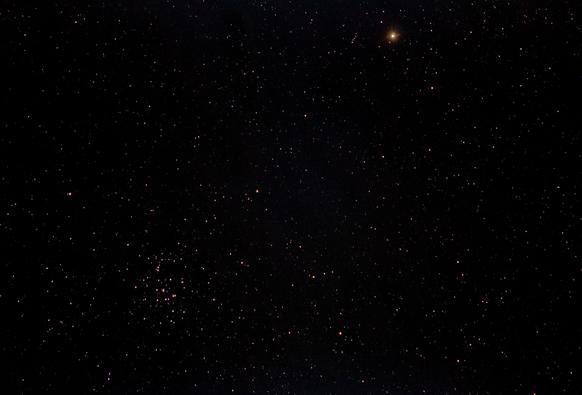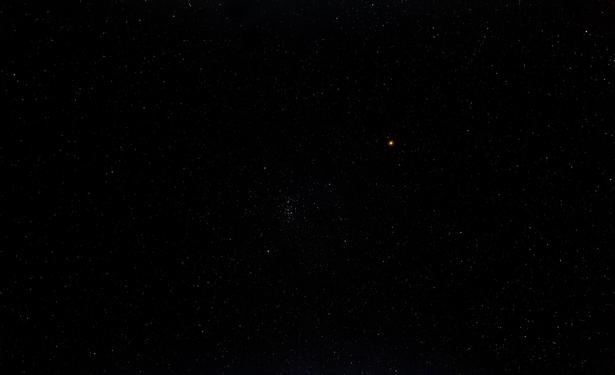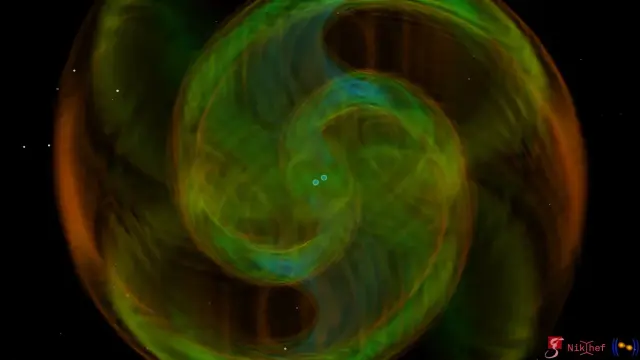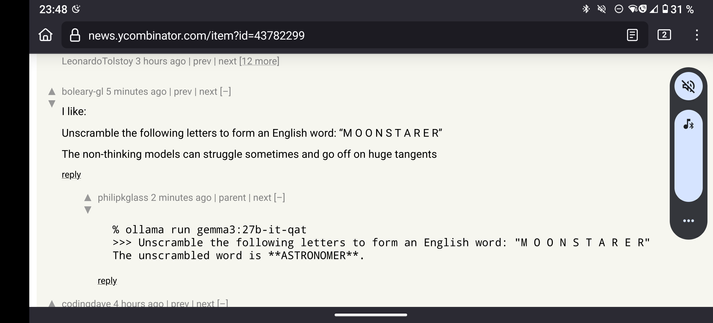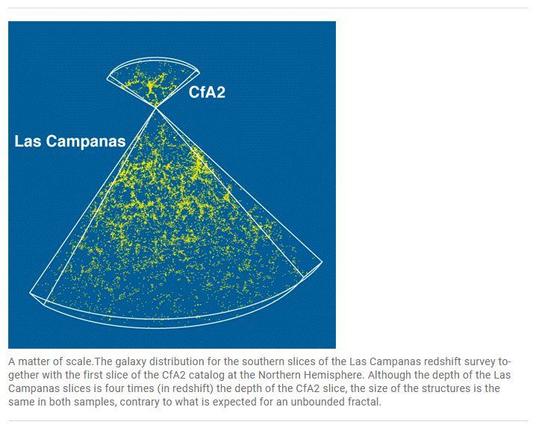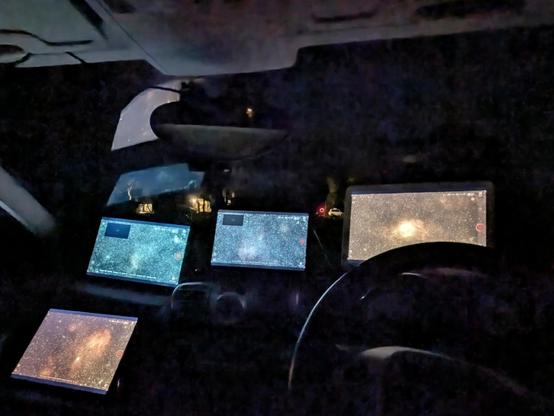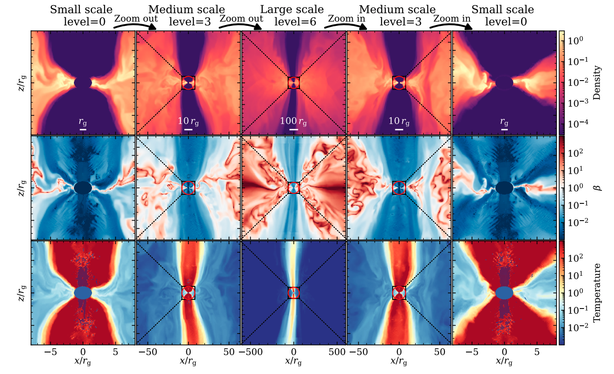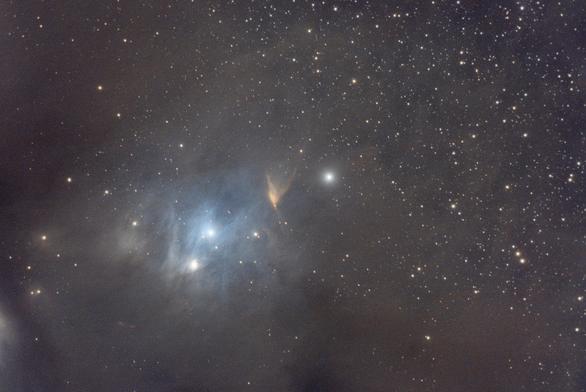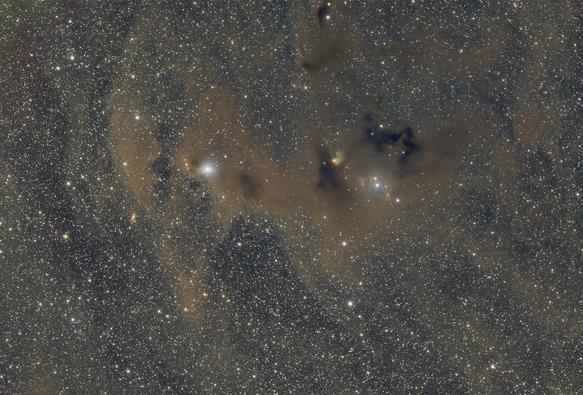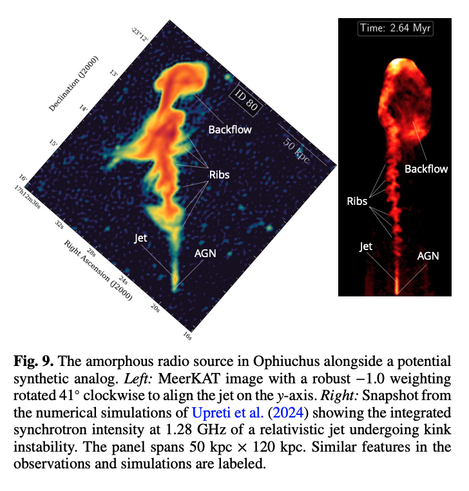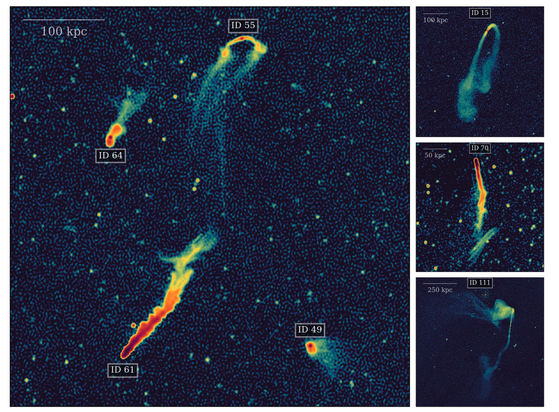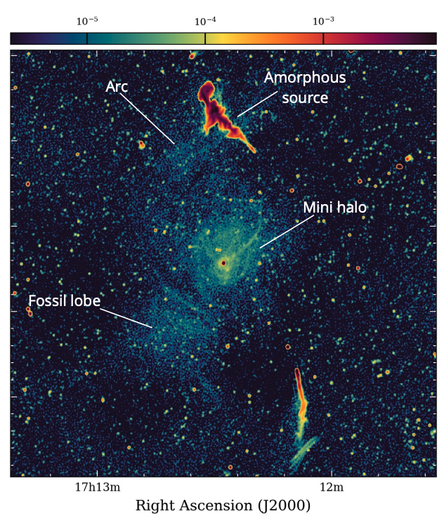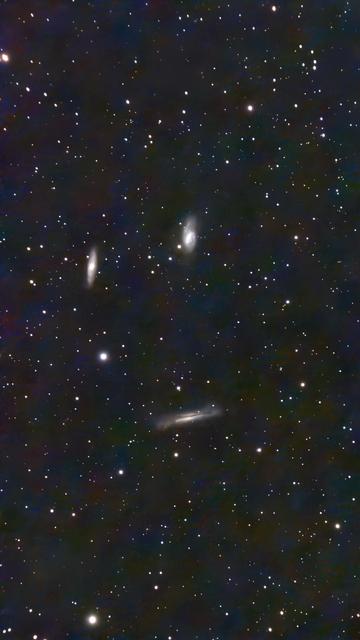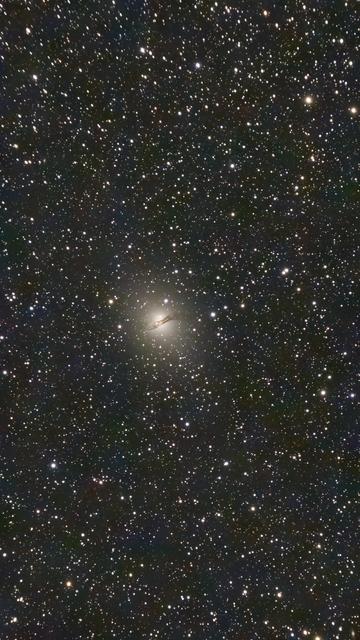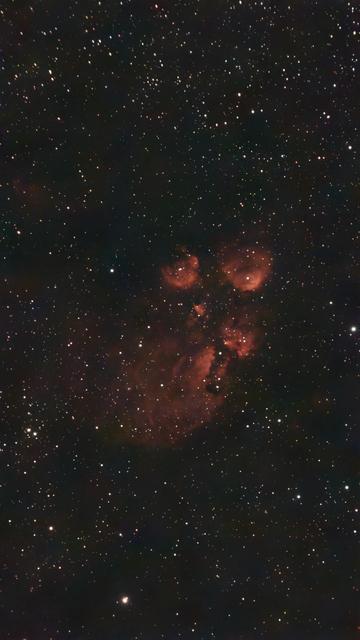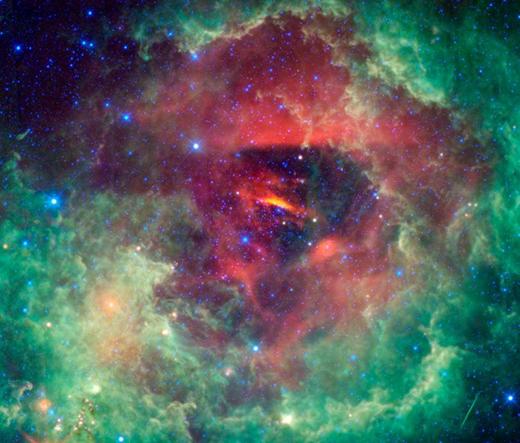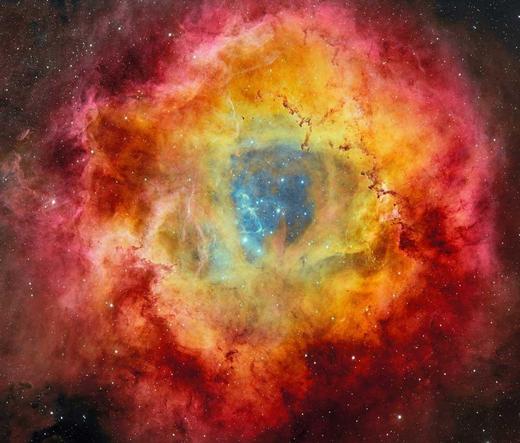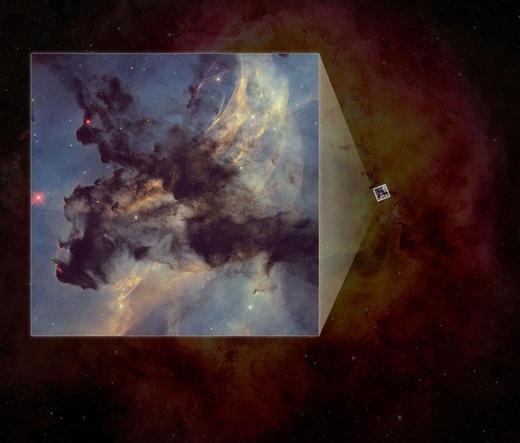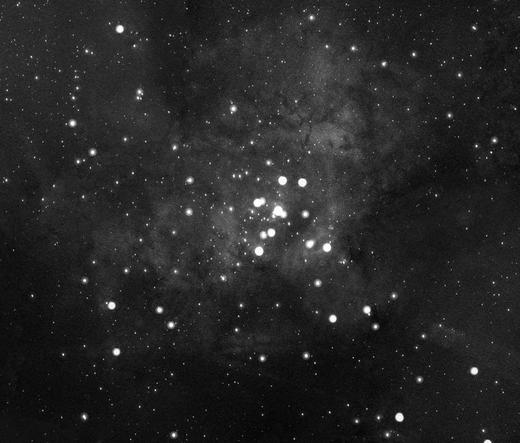Mars and the Beehive. 135mm focal length. 24 April 2025. #AstroDon #Astronomy #Astro #Space #Astrophotography
#Astrodon
Mars and the Beehive Cluster at 50mm focal length. Good illustration at how close they're appearing. 24 April 2025. #AstroDon #Astronomy #Astro #Space #Astrophotography
Heute vor sechs Jahren spürten @LIGO Livingston und Virgo ein besonderes Gravitationswellen-Signal auf.
GW190425 war erst das zweite Signal, das (höchstwahrscheinlich) von verschmelzenden Neutronensternen stammte. Die Entfernung zur Erde war deutlich größer und die Himmelsposition deutlich ungenauer bestimmt als beim ersten solchen Signal (GW170817).
Daher konnten Astronom*innen kein Nachleuchten im elektromagnetischen Spektrum beobachten. Die Gesamtmasse der verschmelzenden Objekte war ungewöhnlich hoch, verglichen mit bekannten Neutronensternpaaren.
https://www.aei.mpg.de/379212/news-from-the-gravitational-universe
Die Veröffentlichung mit der genauen Untersuchung der Gravitationswellen erschien am 6. Januar 2020:
"This result suggests that in Jupiter-like orbits, most planetary systems may not mirror our solar system," said co-author Youn Kil Jung of the Korea Astronomy and Space Science Institute, which operates the KMTNet."
I'm thinking big ol' Jupiter might hold the key as to why the inner Solar System is the way it is and why it's different from most other systems we know of so far.
https://phys.org/news/2025-04-super-earths-common-solar.html
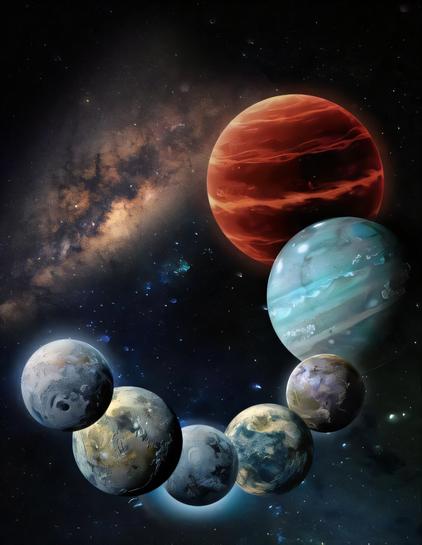
Signs of life on a distant planet? Not so fast, say these astronomers - via Nature
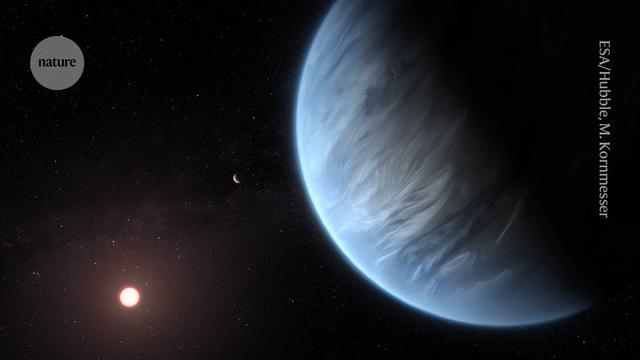
Cosmography archives
1999: Is the Universe Fractal?
A perspectives paper by Vicent J. Martinez for Science Magazine
https://www.science.org/doi/10.1126/science.284.5413.445
Smithsonian Astrophysical Observatory Launches Nationwide Astronomy Program for Rural Schools
A new paper by Smirnov has cited REBOUND:
A highly resonant Neptunian region: A systematic search for two-body and three-body mean-motion resonances https://ui.adsabs.harvard.edu/abs/2025Icar..43616584S/abstract #nbody #astrodon
Today on #astroph, this mesmerising numerical dive into the different scales of supermasive black hole accretion in simulations, awesome paper:
https://arxiv.org/pdf/2504.16802
by Guo et al.
60 poses de 300 secondes avec le filtre L-Pro
#astronomy #astronomie #astrophotography #astrophotographie #astrodon #galaxy #galaxie #messier
Voici #m106 photographiée par Gilles
60 poses de 300 secondes avec le filtre L-Pro
#astronomy #astronomie #astrophotography #astrophotographie #astrodon #galaxy #galaxie #messier
A great lecture by @Chrislintott given last night on asteroids and the Lucy mission. Recording from the livestream can be found here https://www.youtube.com/live/KpDwv7zZ8GY?feature=shared #LucyMission #astrodon
La 27ème édition des Rencontres Astronomiques du Printemps, c'est dans un peu plus d'un mois ! La plus grande #StarParty de France se tiendra comme chaque année à Craponne-Sur-Arzon le week-end de l’Ascension, cette année du 29 mai au 1er juin.
Il est encore temps de s'y inscrire mais dépêchez-vous, la date limite est le 15 mai (c'est possible après mais c'est plus cher) et il y a déjà foule : 258 participants enregistrés à la date du 20 avril ! Les RAP, c'est une ambiance particulière, faite de rencontres et de partages, d'observations, d'astrophoto, de conférences, d'instruments hors-normes (télescope binoculaire, dobson 915mm, etc...) aux plus classiques... Une ambiance géniale pour tous les astronomes amateurs de France et d'ailleurs.
On s'y retrouve là-bas ?
#Astrams #Astronomie #Astronomy #Astrodon #RAP #RencontresAstronomiquesDuPrintemps #telescope
https://www.astrorap.fr/index.php
This is a closer look at the jets of material coming off one of the newly forming stars in Chamaeleon 1.
It is blowing a cone shaped jet toward us, and you can just barely make out a fainter one on the other side of the object.
Stars that are slightly older are clearing the dust around them and are making a wispy blue nebula, much like the Pleiades.
60 x 300 seconds of data with 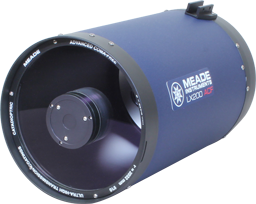
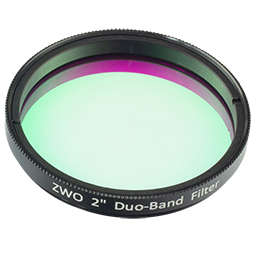
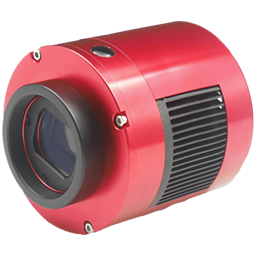
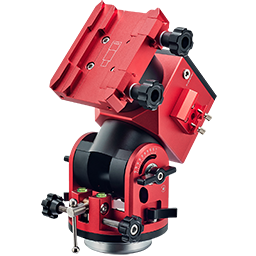 and processed with @Siril_Official
and processed with @Siril_Official
Dust, dust and then some more dust.
This is Chamaeleon 1, part of the Chamaeleon CO Complex in the deep south. As opposed to the Dark Doodad (which is not far away) this region is rife with easily visible newly forming stars.
Hot bright large young stars are lighting up the dust with their blue light, whilst ones that are still forming are sending out jets of material from their dusty cocoons.
A distant galaxy on the left hand side, NGC3620, looks reddish because the dust scatters away the blue light. Like a smoky sunset on Earth.
120 x 300 second images acquired with 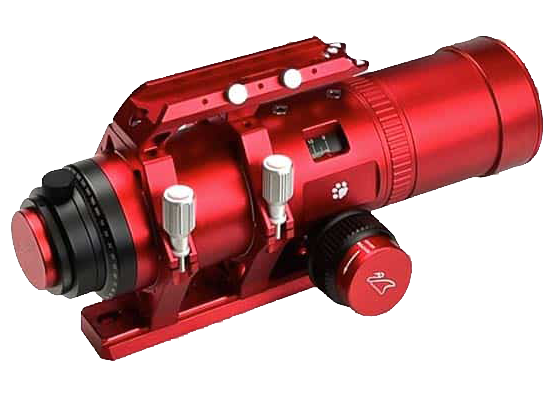


 and processed with @Siril_Official
and processed with @Siril_Official
Spectacular 7.25hours radio observations with MeerKAT of six "jellyfish" galaxies swimming in the Ophiucus cluster of galaxies, by my local colleague A. Botteon on #astroph this morning:
https://arxiv.org/pdf/2504.16158
These systems spread relativistic electrons and magnetic fields in the intergalactic medium and are a key ingredient to understand the cycle of cosmic rays on the largest scales in the Universe.
Another night with the little  , targeting galaxies this time. The Leo Triplet also known as the
, targeting galaxies this time. The Leo Triplet also known as the face. Centaurus A, and the cats paw nebula (which is not a galaxy but is in our galaxy).
To celebrate Hubble's 35th anniversary, ViewSpace released an interactive image slider that shows the new Hubble Rosette Nebula image in context.
Here is the Rosette nebula in infrared (WISE), visible (DECam), visible with the Hubble detail image, and ultraviolet light (GALEX).
https://viewspace.org/interactives/unveiling_invisible_universe/star_formation/rosette_nebula


